Like many African countries, Mozambique’s economy rests firmly on agriculture, a sector that contributes significantly to GDP and sustains over 80% of the rural population. Yet for decades, farmers across the nation—and particularly in Niassa Province—have struggled against a wave of persistent challenges: erratic rainfall, counterfeit inputs, weak infrastructure, and fragmented market systems. These systemic hurdles continue to limit the potential of smallholder agriculture, leaving farmers vulnerable and growth opportunities unrealized.
In response to this complex landscape, the Transforming Agri-Food Systems in Niassa (TSAN) project is emerging as a bold, locally grounded solution. Led by CIMMYT with support from Irish Aid, TSAN was launched in September 2024 to drive inclusive agricultural transformation in one of Mozambique’s most underserved regions. With a focus on improving productivity through certified seed use, increasing access to structured markets, and empowering women and youth, TSAN is building not just stronger farms, but stronger communities.
Tackling the Roots of Inefficiency
Niassa’s agricultural sector is deeply affected by structural weaknesses that erode farmer trust and suppress innovation. Rampant use of uncertified “Picasso” seeds—altered to appear legitimate—has misled many farmers, compromising yields and reducing confidence in formal input systems. At the same time, unregulated foreign traders and price-setting intermediaries dominate local markets, limiting farmers’ control over how and where their produce is sold.
The absence of clear pricing frameworks and weak enforcement of agricultural policies have left smallholders exposed, with little protection or institutional support. These gaps, unseen by many but felt daily by those tilling the land, undermine resilience, productivity, and dignity.
CIMMYT is tackling these barriers head-on. Already, 40 farmer associations have been organized, representing over 1,000 farmers—70% of whom are women. These groups serve as vehicles for traceability, collective bargaining, and knowledge-sharing.
“When farmers plant certified seed, they unlock genetic gains that can boost yields of beans by up to 30%. But seed alone isn’t enough. What we’re doing through TSAN is ensuring that improved genetics go hand in hand with farmer training, input access, and clear market pathways.” — Noel Templer, CIMMYT Technical Lead for TSAN.
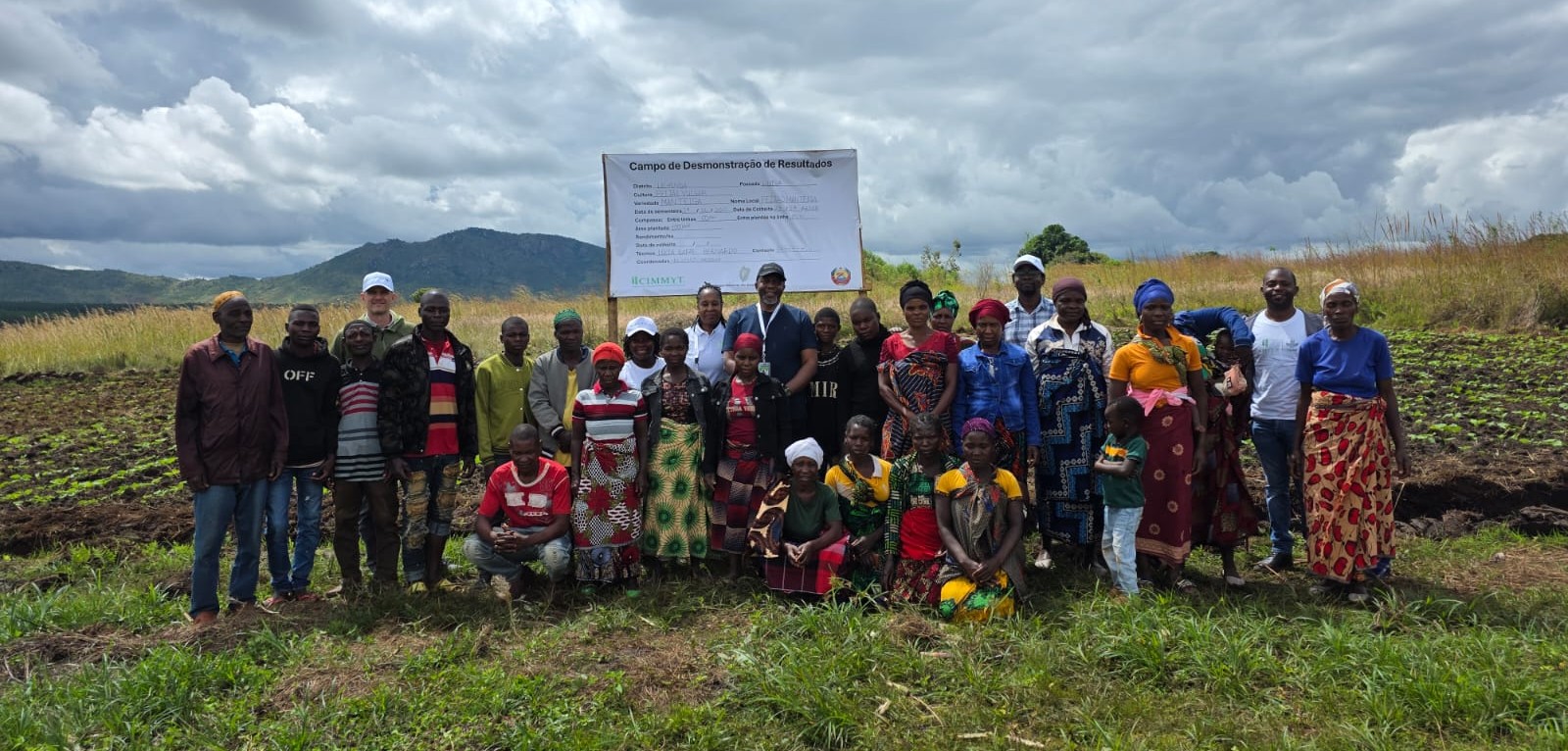
Additionally, TSAN is working alongside government extension services to ensure sustainability, relevance, and ownership of solutions by local institutions. Through these interventions, the project isn’t just responding to the symptoms—it’s shifting the system.
Turning Up the Volume: Radio as a Tool for Change

One of TSAN’s most innovative approaches lies not in a lab or field, but on the airwaves.
In remote districts like Ngauma, where internet and television access remain limited, radio stands out as the most trusted and widespread form of communication. To tap into this powerful channel, TSAN has partnered with Ngauma Community Radio—a station woven into the daily rhythms of rural life. With broadcasts in local languages, blended with familiar music, storytelling, and theatrical skits, TSAN is delivering agricultural knowledge in a way that resonates.
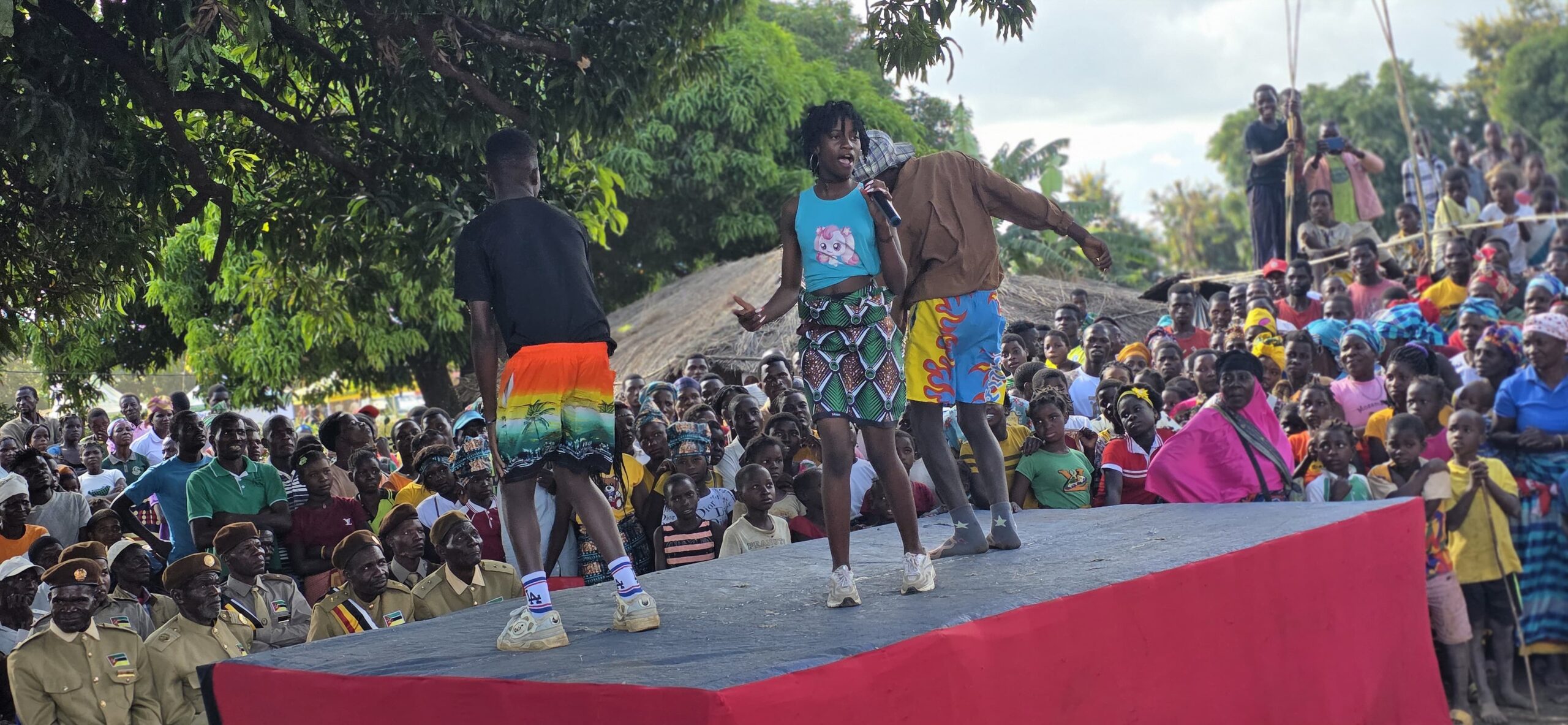
From crop management tips and certified seed awareness to market access guidance, these radio programs aim not just to inform but to inspire action. They reflect the real voices and lived experiences of farmers—what works, what’s misunderstood, and what can be done better.
“We’ve designed the radio programs as an interactive experience,” said Joel Cossa, TSAN Project Manager. “The content is informed by our engagement in the field. We’re demystifying myths, answering farmers’ questions, and bringing quality agricultural information directly into their homes.”
Strengthening Market Connections
Communication alone cannot unlock prosperity; markets must work for farmers. That’s why TSAN is actively strengthening linkages between producer groups and key market actors. Discussions with the Instituto de Cereais de Moçambique (ICM) and private aggregators have opened doors for structured aggregation systems, better price discovery tools, and coordinated investment in post-harvest handling.
These developments are not abstract policy exercises—they are practical steps that enable farmers to negotiate fair prices, reduce post-harvest losses, and transition from subsistence to commercially oriented production.
National Alignment, Local Impact
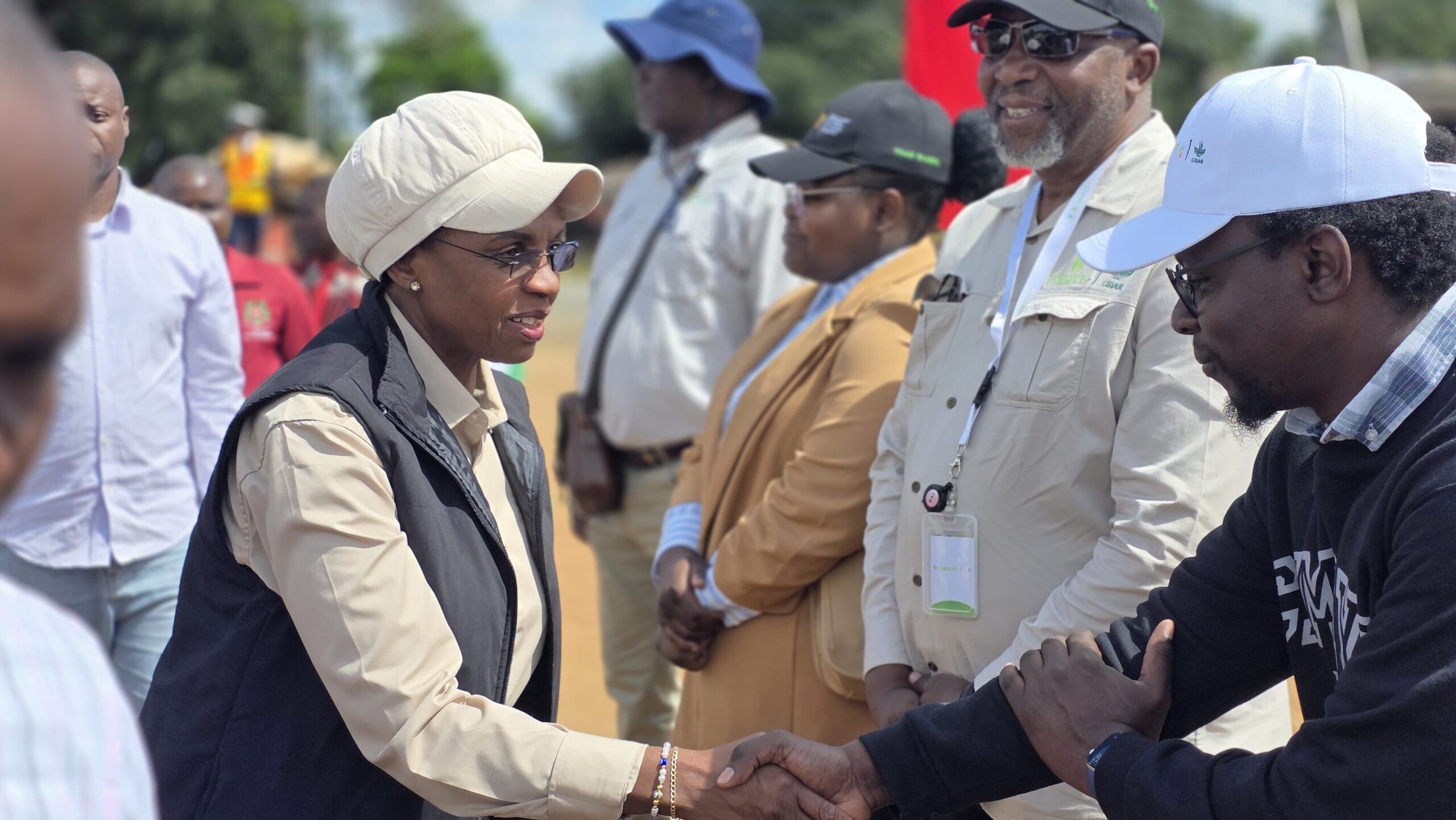
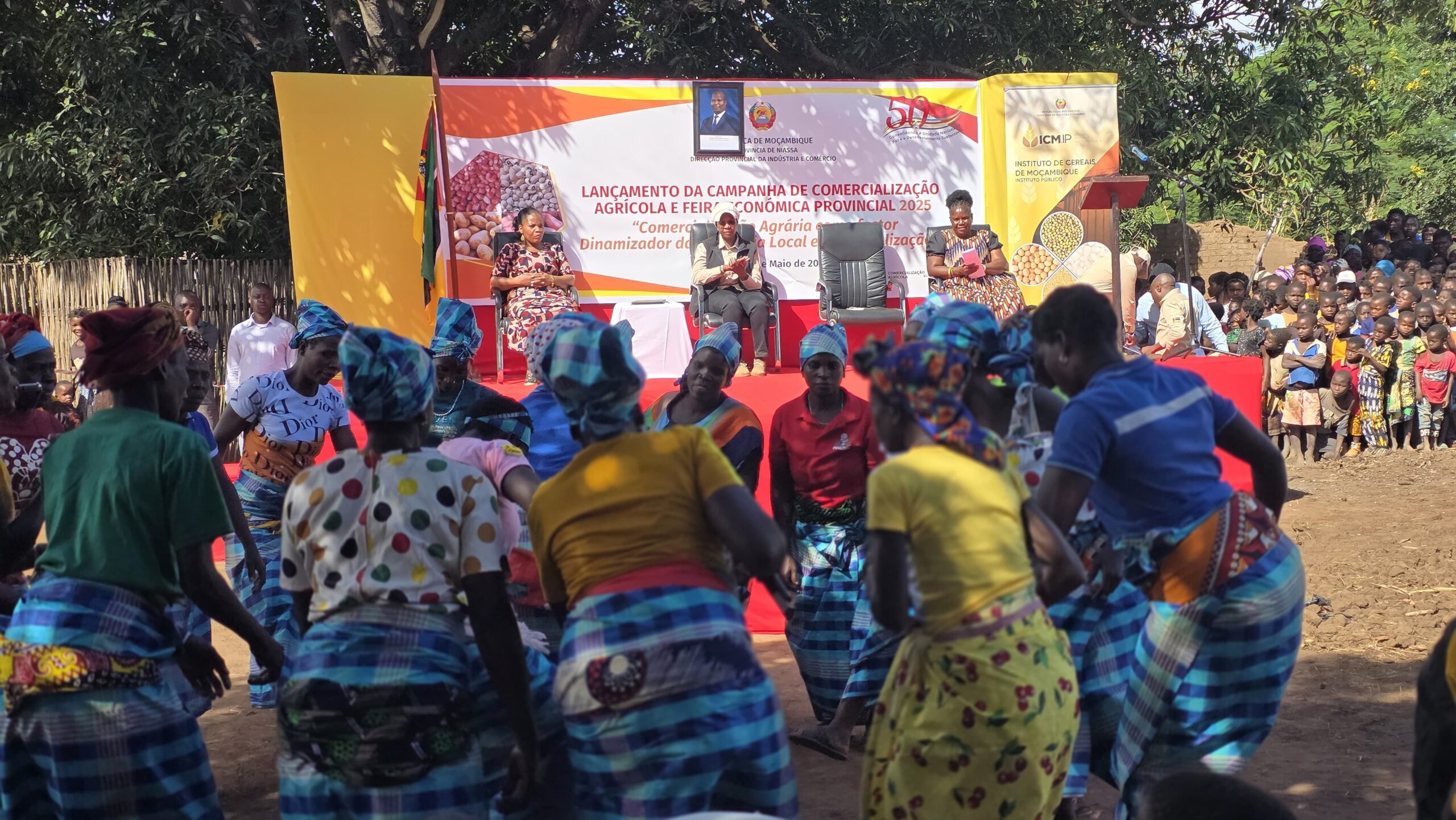
A powerful testament to TSAN’s growing influence came during the recent launch of Mozambique’s 2025 Agricultural Marketing Campaign, commemorated nationwide under the theme “Agricultural Marketing as a Driver of Local Economy and Industrialization.”
While the national event was presided over by President Daniel Chapo in Sussundenga District, TSAN participated in the Niassa Province launch during its strategic field mission. This high-profile moment placed TSAN on the same platform as provincial governors, national policymakers, and local stakeholders, reinforcing its alignment with national priorities and showcasing the project as a catalyst for regional transformation.
Backed by an Economic Recovery Fund of over 319 million Mozambican meticais (approximately 5 million USD), the campaign aims to boost agricultural commercialization by at least five percent and drive production growth of over one million tons. TSAN’s contributions to these goals—through seed system strengthening, farmer mobilization, and market alignment—are timely and deeply relevant.
“We believe in the impact that TSAN will have in Niassa—from building trust in agricultural markets to connecting farmers with real opportunities,” said Adrian Fitzgerald, Irish Aid Deputy Head of Mission. “We’re proud to support this project that is not only ambitious but deeply rooted in the voices and aspirations of local communities.”
The Road Ahead
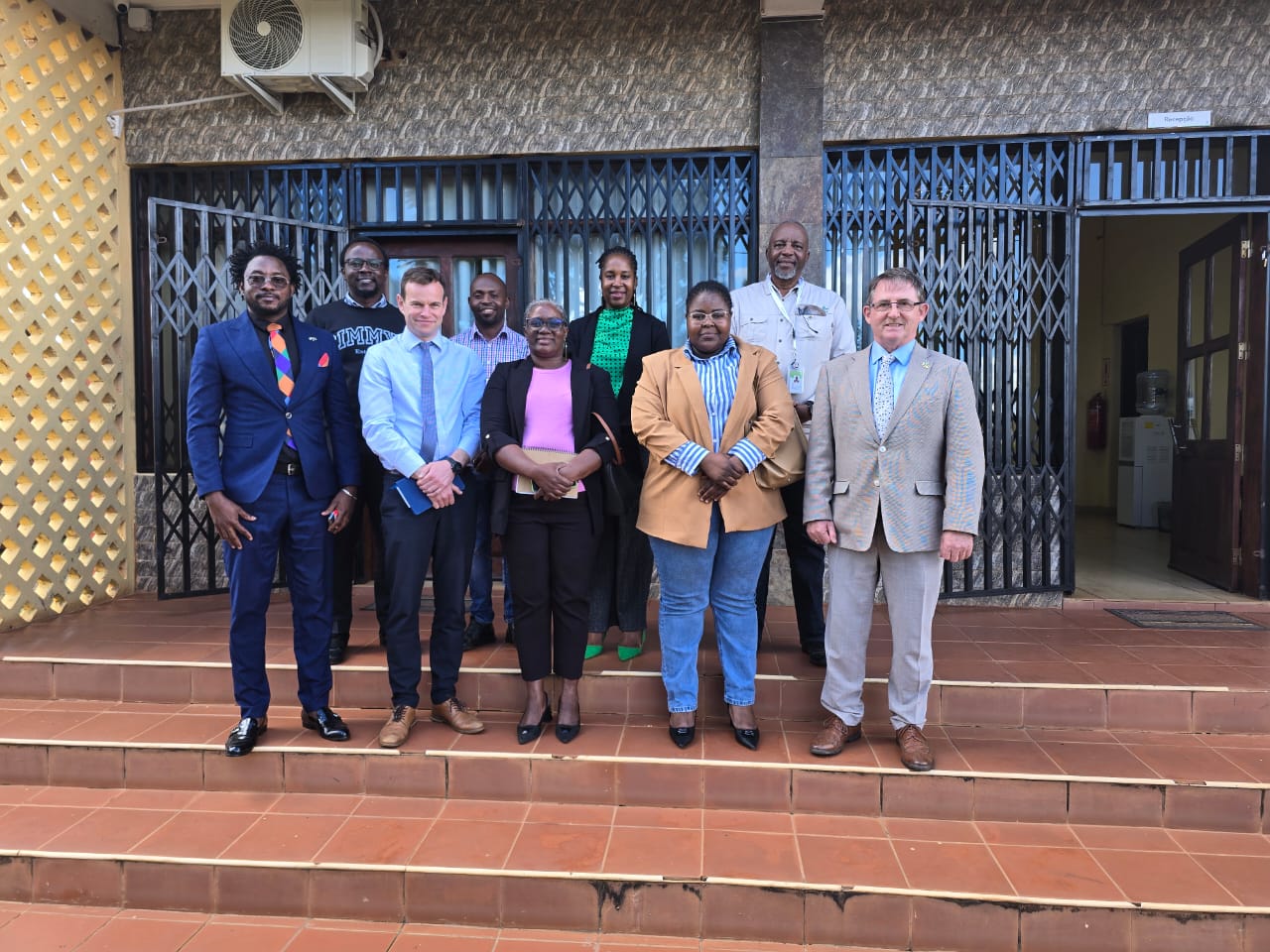
Looking forward, TSAN’s priorities remain sharply focused on building a resilient and inclusive agri-food system in Niassa. Through the integration of accessible communication platforms, the promotion of structured production via farmer associations, and alignment with national policy frameworks, the project is laying the foundation for systemic, community-led transformation.
In a region historically overshadowed by agricultural and institutional challenges, TSAN is planting more than just improved seed—it is sowing the groundwork for lasting change in mindsets, market systems, and governance structures. With continued support and a shared vision among partners, TSAN’s work in Niassa stands poised to become a model for equitable and sustainable agricultural transformation across Mozambique and beyond.
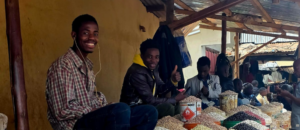
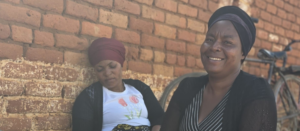
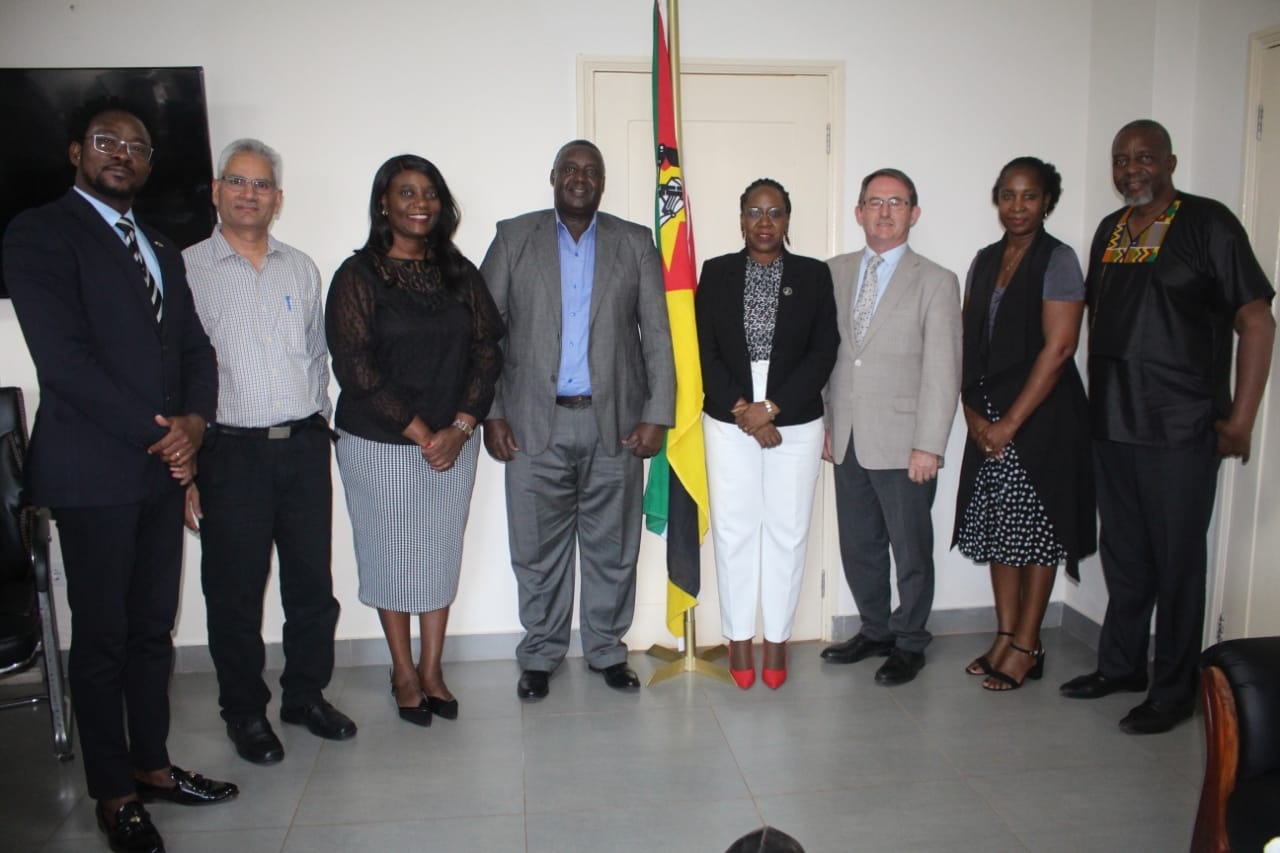
 Gender equality, youth and social inclusion
Gender equality, youth and social inclusion 